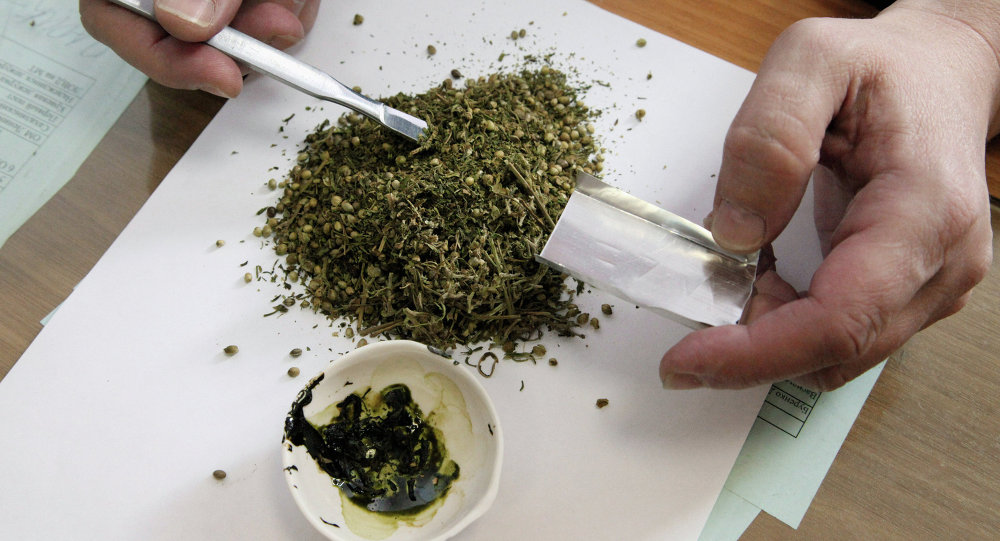How Are Weeds Killed By The Most Effective Way?
The Dictionary describes a weed as the rest; "Worthless Plants that grow in nature, especially that grown on land that is cultivated to be excluded or hurt from the desired harvest." or "unwanted plants or problematic, especially those that grow in abundance on the spot unwanted ". Does that sound familiar? This article will help you identify the kind you might find in your garden and, more important, the best way to kill weeds.
Kill weeds is not as easy as it looks. I can spend hours in the garden digging, digging, picking up the seeds, follow the roots and lift up the plate to try to solve the problem, but there is only one solution which is almost always successful when we kill the weeds. use herbicide before choosing the type of herbicide you need, it is best to identify the type that you have in your garden so you know when to attack the weeds.
There are three main categories of weeds:
Annual: this weed only last for one season, then extend their seeds in autumn, ready to germinate for next season. With this type of weed killing before planting, this will prevent them back next year. Examples of annual weeds: stellate, stinging nettle, nettle, mollusks, hen, poppy, hairy cress, a pasture annual, Veronica, oxalis yellow.
Biennial: this type of grass takes time to mature and, after two seasons, it would be old enough to produce seed and die leaving a seed to grow. The best way is to kill weeds biennial varieties in the first year of growth, as the crops are in the ground. Example: biennial weed euphorbia, moth, hogweed, hogweed, hogweed, milk thistle.
Perennial plant: weed forms a root system and can live for many seasons if not attacked early. Harder to kill the weeds of this type because they have different ways to ensure that they survive and reproduce. They can produce seeds as a weed of annual and biennial that can spread over a wide area by wind and also by animals that eat it, and its roots can reproduce the trunk even if the native plants in the land have been destroyed including fire. This root can remain in the shadows until the beginning of the new season. An example of perennial weeds: Bramble, sorrel, Creeper, Armoise, Clover, Creeping Ranunculus, Ancient terrain, Yarrow, Dandelion, Creeping Thistle.
So now that you know the three types you need to know to best kill weeds. As we have mentioned, the herbicide is by far the best and most effective way to remove weeds and roots.
There are two types of herbicides that are circulating on the market: selective and not selective. The two have different purposes and applications. If kill weeds in large areas, then that is not selective is going to be the best choice because it kills all plants that are in contact with it. Selective herbicide designed to attack one species by killing weeds and, if used properly, they should not endanger the surrounding plant life and is used mainly in agriculture, where the grass has been bad growing plants. , so it is necessary to aim specifically without damaging the product.
Kill the weeds of one of the three types mentioned above is best done by using a non-selective herbicide that attacks not only foliage grass but also its roots. When dealing with weeds biennial, always try to kill them in the spring before planting seedlings and cause other problems. If you have problems with perennial weeds, and then attacking them in the first year of growth, again before they can spread their seeds so they can grow in the future. Perennial weeds a bit difficult because it is not attacked, there is always on the ground, the need to apply a non-selective herbicide to the leaves, so you should be careful when appearing in court and then targeting.